
15 Dangerous Myths About Climate Change
The worst myth about climate change is that we can't do anything about it anyway. It's real, it's here, and it means business.
Our environment never fails to blow us away; from destructive tornados to ever-so-common grass, everything is always more complex than it seems.
Even if you’re not the outdoorsy type, there’s no denying we need nature to sustain ourselves. But important aspects aside, nature is also just darn cool!
So keep reading as we look at the most interesting aspects of the environment.

The worst myth about climate change is that we can't do anything about it anyway. It's real, it's here, and it means business.
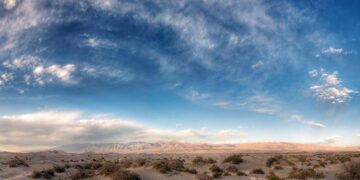
Many people believe the sky is blue because it reflects the color of the ocean, but no, that’s a huge myth!
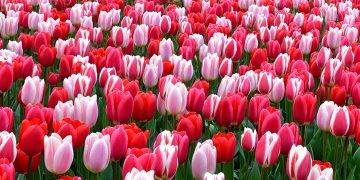
Did you know that tulips never originated from The Netherlands? Tulips actually originate from Turkey!
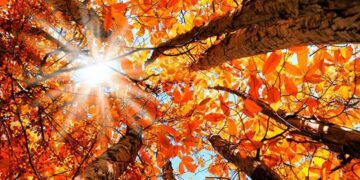
Over time, poets became interested in describing parts of the year in romantic ways - this is when “fall” first appeared.
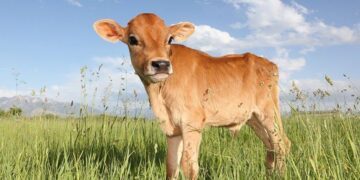
Cow manure and urine release ammonia into the air. Because cows are kept together in farms, this ends up causing acid rain.

One site where the effects of Chernobyl’s radioactive rains is still very present today, in the famous Loch Ness in Scotland.

The Great Carrier Reef was “created” on May 17th, 2006, when the US Navy towed the retired carrier out to sea and sunk it.
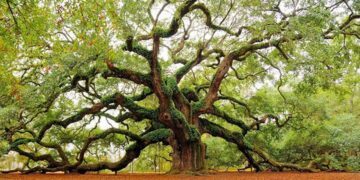
Did you know that an oak tree produces about 10 million acorns during its lifetime?

Deep snow can sometimes appear blue in color because the extra layers of snow create a filter for light.
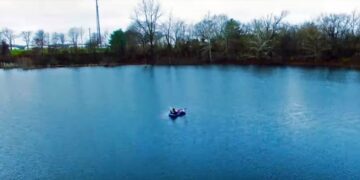
Benjamin Franklin would tell people that he could calm a choppy lake with the touch of his cane. He used oil for this magic trick.

Tulip mania took place in 17th Century Holland, starting out roughly in 1624 and hitting its peak between 1636 and 1637.
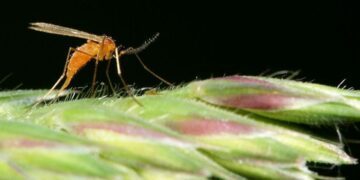
In Scotland, a brutally cold winter actually means more midges appear in the spring and summer.